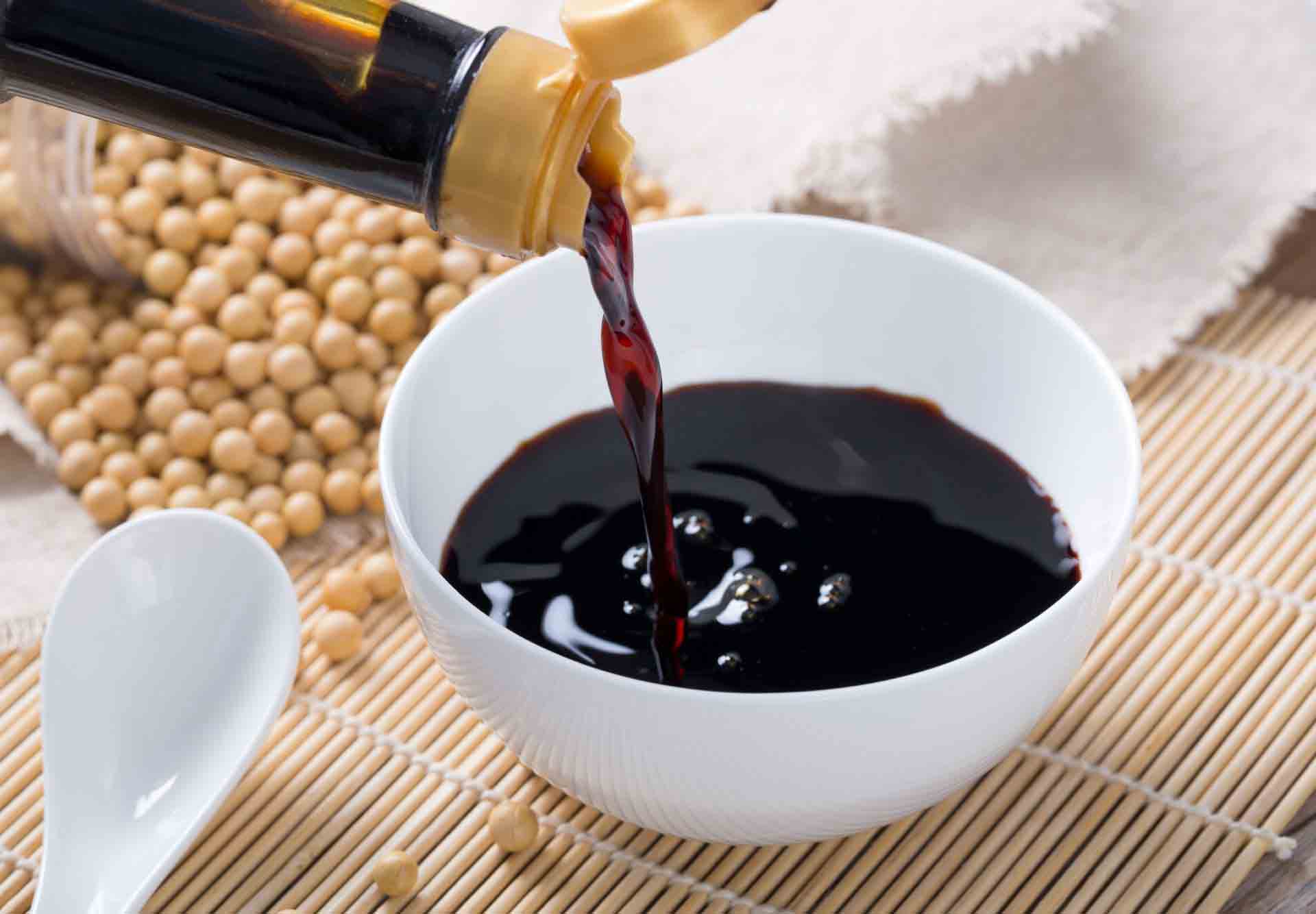Those with a gluten intolerance or allergy may prefer Tamari to traditional soy sauce. When compared to regular soy sauce, how does Tamari fare? Okay, let’s investigate this in greater detail.
WHAT IS TAMARI?
Tamari, a popular Japanese sauce and condiment, is produced by fermenting soybeans like soy sauce. On the other hand, is fermented with very little to no wheat, whereas most soy sauces rely on wheat or wheat flour for fermentation.
The Japanese fermented soybean paste known as miso is where the sauce first appeared. Some may contain trace amounts of wheat even if they contain no wheat; therefore, those who must avoid gluten due to an allergy should always read labels carefully and stick to “gluten-free” Tamari. A second option is to simply seek out a soy sauce that is free of gluten.
A tablespoon of Tamari contains about as much sodium as a regular soy sauce (about 1000mg). Compared to soy sauce, Tamari tends to be thicker, and its flavor is typically more soy-forward, complex, and mildly sweet.
WHAT IS IT FOR?
As a soy sauce alternative, Tamari is great for raw applications like dipping sauces.
However, braises and other dishes that call for a lot of soy sauce may not be best served with Tamari because of the higher cost.
PURCHASE AND STORAGE
As a popular gluten-free substitute for soy sauce, Tamari can now be found in both Asian markets and mainstream supermarkets.
If you have a gluten allergy and need to use Tamari, read the label carefully and avoid any brands that do not specify that they are gluten-free. None of the tamari products listed below are certified as gluten-free, as indicated by their labels.
However, as shown in the image below, all of the soy sauces and tamaris labeled as “gluten-free” are actually.
The shelf life will increase if you keep it in the fridge, but it will still be fine if you put it in a cool, dry place like the pantry.
